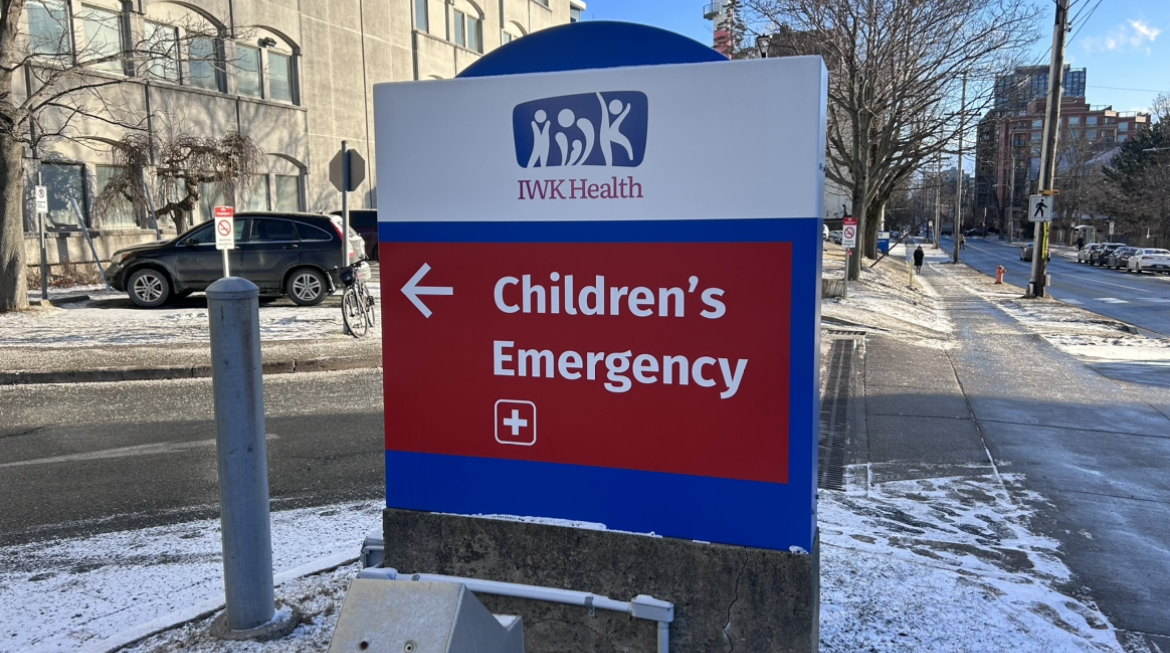Flu season peak puts pressure on health system
Emergency rooms busy amid lack of options for growing population

caption
The IWK emergency department has been feeling the pressure of the surge since December.Cases of respiratory infections in Nova Scotia have increased compared to previous years, but experts say the surge is in line with typical seasonal patterns.
And with more than 100,000 Nova Scotians without a family doctor, the surge puts more pressure on emergency rooms as patients don’t have anywhere else to go.
The province is experiencing the peak of its cold and flu season. According to Health Nova Scotia, the rise in cases typically occurs between early December and mid-January, aligning with the annual respiratory infection cycle.
Nova Scotia Health’s respiratory data for the beginning of January 2024 detailed 219 new cases of RSV. The same weeks in 2025 show an increase to 287 confirmed cases.
“This is kind of what we would expect, and what we’ve sort of seen every year,” said Emma Burns, chief of the emergency department at the IWK Health Centre in Halifax, which specializes in women and children’s health.
The severity of the cases is similar to previous years as well. The number of hospitalizations as a result of influenza this year (74) have decreased from last year (144).
The pressure is being felt is in emergency rooms, as more patients visit for respiratory illnesses.
Burns said there are several factors contributing to the higher number of emergency room visits. “All emergency departments are busier, both because our population is growing and because people have fewer places to access care.”
As of Jan. 2, 110,456 Nova Scotians were registered on the province’s Need a Family Practice Registry, as reported by Nova Scotia Health.
Lack of access to a family doctor means more of the cases coming to the emergency room are not serious enough to warrant a hospital visit.
“The prolonged fever might not need to see an emergency room. If you have somewhere else to go, you can just get a checkup,” she said.
While most children with respiratory infections recover without needing hospitalization or ICU care, those at higher risk, such as infants, may need more intensive treatment. Infants under the age of one are particularly vulnerable to long-term hospitalization. This age group accounts for 40 of the 287 confirmed RSV cases within recent data.
“For RSV, definitely, the younger you are, the more susceptible you are to having a disease that might require you to be admitted,” said Burns.
The worst of the surge is expected to subside in the coming weeks, with cases typically peaking after the holiday season.
“Over the next couple of months, we’ll see the most cases, and then RSV tends to last a little longer as it works its way through the community,” Burns said.
She urged the public to get the flu shot and recommended that anyone with cold-like symptoms avoid close contact with young children to help curb the spread of infections.

